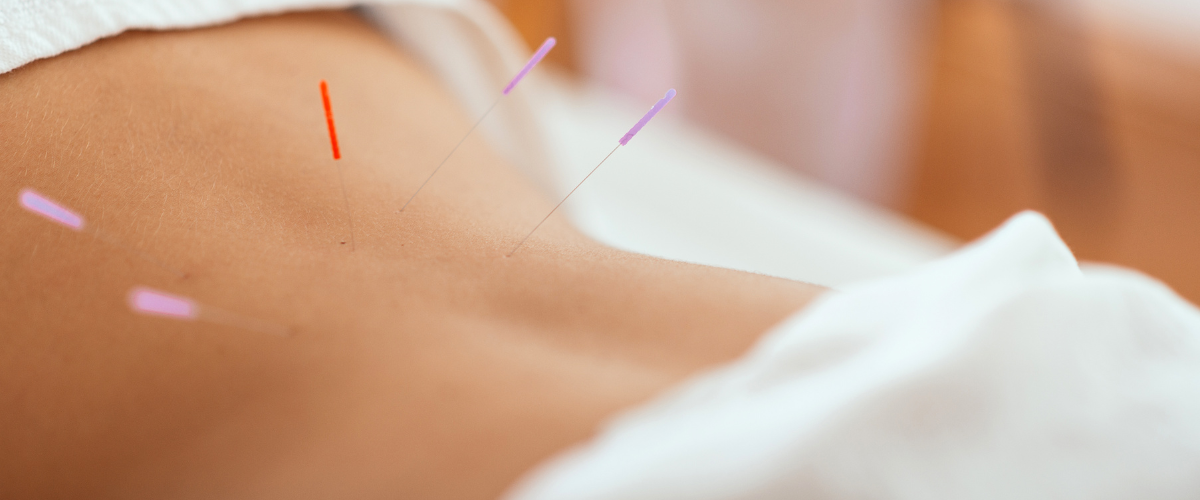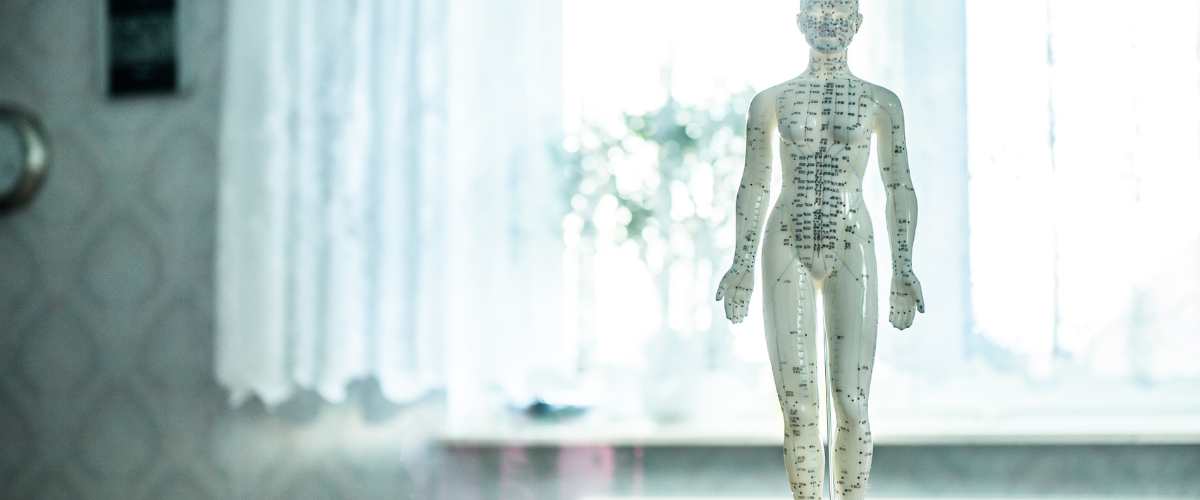Childbirth is a transformative and awe-inspiring experience, but it can also be accompanied by intense pain and discomfort. For centuries, acupuncture has been used as a holistic practice to alleviate various types of pain and promote overall well-being. When it comes to childbirth, many women are now turning to acupuncture as a natural and non-invasive method to manage the pain associated with labor and delivery. Through carefully positioned needles, acupuncture stimulates specific points on the body, releasing endorphins and reducing inflammation, ultimately providing relief from childbirth pain. This introductory paragraph will explore how acupuncture can help women experience a more comfortable and empowering childbirth journey.

What Exactly Causes the Pain During Childbirth?
During childbirth, the pain experienced by a woman is primarily caused by the strong and rhythmic contractions of the uterus as it works to push the baby through the birth canal. These contractions are necessary for the progress of labor, but they can be intense and painful. Additionally, the stretching and dilation of the cervix, along with the pressure exerted on the pelvic bones and tissues, contribute to the discomfort. Hormonal changes during labor also play a role in amplifying the perception of pain. Overall, the combination of physical and hormonal factors results in the pain associated with childbirth.

How does the intensity of childbirth pain vary among women?
The intensity of childbirth pain can vary significantly among women. Several factors contribute to this variation, including individual pain tolerance levels, cultural beliefs and expectations about childbirth, previous childbirth experiences, and the presence of medical interventions like anesthesia or analgesics. Additionally, the duration of labor, the position of the baby during birth, and the size of the baby can also impact the intensity of pain experienced. It is important to recognize that each woman’s experience with childbirth pain is unique and can range from mild discomfort to severe pain.
Can childbirth pain be predicted or measured beforehand?
Childbirth pain can be difficult to predict or measure beforehand as it varies greatly from person to person. Factors such as individual pain tolerance, previous experiences with pain, and the specific circumstances of the labor and delivery can all influence the level of pain a woman may experience during childbirth. While there are various tools and techniques available to help manage and alleviate pain during labor, accurately predicting or measuring the exact intensity or duration of childbirth pain remains challenging.
Are there any effective methods to completely eliminate childbirth pain?
Childbirth pain is a natural and complex process that occurs as a result of uterine contractions and the stretching of muscles and tissues during delivery. While there are various methods to manage and reduce the intensity of childbirth pain, there is no known method that can completely eliminate it. Some effective pain relief options include epidural anesthesia, breathing techniques, massage, hydrotherapy, and relaxation exercises. It is important for expectant mothers to discuss their pain management preferences with healthcare professionals to develop a personalized birth plan that suits their needs and preferences.
How does the pain experienced during childbirth compare to other types of pain?

The pain experienced during childbirth is often considered one of the most intense and extreme types of pain a person can endure. It is commonly described as excruciating, intense, and relentless. Unlike other types of pain that may come and go or have moments of relief, the pain of childbirth typically lasts for an extended period without childbirth pain any respite until the baby is born. Additionally, the pain experienced during childbirth involves multiple areas of the body, including the abdomen, lower back, and pelvis, making it a comprehensive and all-encompassing sensation. The intensity and duration of this pain set it apart from many other types of pain experienced in daily life.

What long-term effects, if any, does childbirth pain have on a woman’s physical and mental health?
Childbirth pain can have both short-term and long-term effects on a woman’s physical and mental health. In terms of physical health, some women may experience injuries or complications during childbirth that can have lasting effects, such as pelvic floor disorders, urinary incontinence, or sexual dysfunction. Additionally, the hormonal changes that occur during childbirth can contribute to postpartum depression or anxiety, which can have long-lasting impacts on a woman’s mental health. It is important for healthcare providers to offer support and interventions to help manage and prevent these potential long-term effects.
Are there any cultural or societal factors that influence the perception of childbirth pain?
Yes, there are several cultural and societal factors that influence the perception of childbirth pain. One such factor is the cultural expectation of how women should experience pain during childbirth. In some societies, women are expected to display a high tolerance for pain and endure childbirth without showing any signs of discomfort. This expectation may lead women to downplay or suppress their pain during labor. Additionally, traditional beliefs and practices surrounding childbirth, such as the use of natural remedies or rituals, can also impact the perception of pain. Social support and the presence of family members or birth attendants during childbirth can further influence the perception of pain, as their attitudes and behaviors can either validate or dismiss a woman’s pain experience. Overall, these cultural and societal factors play a significant role in shaping how childbirth pain is perceived and experienced.

What are the most current research findings regarding the management and understanding of childbirth pain?

Recent research findings regarding the management and understanding of childbirth pain suggest that a holistic and personalized approach is crucial for women during labor. Studies have shown that non-pharmacological interventions such as continuous support from a doula, immersion in water, relaxation techniques, and acupuncture can effectively reduce pain and improve overall satisfaction with the birthing experience. Additionally, there is growing evidence supporting the use of nitrous oxide as a safe and effective analgesic option for women who prefer to avoid or delay the use of opioids or epidurals. Furthermore, research has emphasized the importance of healthcare providers being attentive to women’s individual needs and preferences when it comes to pain management during childbirth, as well as the significance of providing adequate education and information to help women make informed decisions about their pain relief options.
The Agony and Triumph: Exploring the Intensity of Childbirth Pain
In conclusion, acupuncture has shown promising results in managing childbirth pain. Its ability to stimulate the release of endorphins and regulate the body’s natural pain response make it a viable alternative for women seeking non-pharmacological pain relief during labor. While further research is needed to fully understand its efficacy and safety, acupuncture offers a holistic approach to reducing childbirth pain, potentially enhancing the birthing experience for both mothers and their babies. With its long history and growing popularity, acupuncture may continue to play a valuable role in helping women navigate the challenges of childbirth.
